What is iron deficiency anaemia?
Anaemia is a condition where the body has lack of healthy red blood cells. Red blood cells are very important to provide oxygen to our body tissues. There are many types of anemia. The most common type of anemia in children is iron deficiency anaemia.
Iron deficiency anaemia happen when the body has lack of iron to produce red blood cells. Iron is key part of red blood cells. Without enough iron, our body cannot produce enough haemoglobin -Hb (a protein in red blood cells) to carry oxygen. As a result it leads us to tiredness and pallor (photo 1&2).
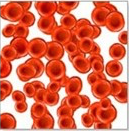 |
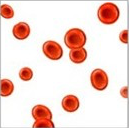 |
| Photo 1: Normal amount of red blood cells | Photo 2: Reduce amount of red blood cells |
Source: http://prohealthinsight.com/diseases-and-conditions/hematologic-
diseases/what-is-anemia-and-its-causes/
What cause it?
Low body iron store may be caused by many reasons
- Blood loss
- Lack of iron in diet
- Inability to absorb iron
Children have higher risk of getting iron deficiency anaemia
Infants and children at highest risk of iron deficiency include:
- Babies who are born prematurely — more than three weeks before due date — or have a low birth weight (<2.5 kg)
- Babies who drink cow’s milk before age 1
- Breast-fed babies who aren’t given complementary foods containing iron after age 6 months
- Babies who drink formula that isn’t fortified with iron
- Children ages 1 to 5 that drink more than 24 ounces (710 milliliters) of cow’s milk, goat’s milk or soy milk a day
- Children who have certain health conditions, such as chronic infections or restricted diets
- Children ages 1 to 5 who have been exposed to lead
- Children with worm infestation.
Symptoms
Initially iron deficiency anemia can be mild and unnoticeable. As the body iron store become more deficient and anemia worsen our bodies will slowly start to produce symptoms. The symptoms may include:
- Feeling grumpy
- Feeling weak or tired more often than usual, or with exercise
- Headaches
- Problems concentrating or thinking
As the anaemia gets worse, more symptoms will appear such as:
- Blue colour to the whites of the eyes
- Brittle nails
- Desire to eat ice or other non-food things (pica)
- Light-headedness when you stand up
- Pale skin color
- Shortness of breath
- Sore tongue
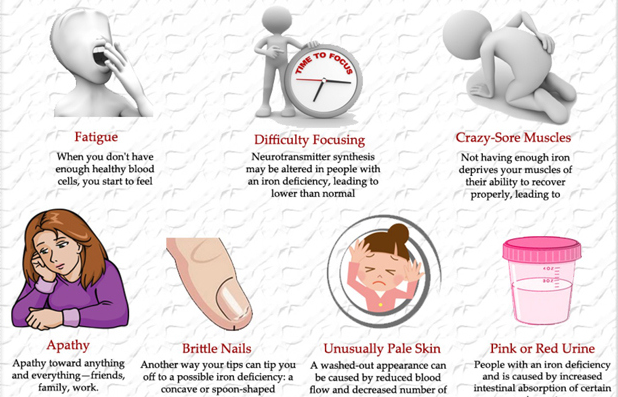
Source: http://o.canada.com/health-2/this-week-in-health-iron-deficiency-e-cigarette-bans-and-more
Test
Iron deficiency and iron deficiency anaemia are typically diagnosed through blood tests. The American Academy of Pediatrics recommends that all infants be tested for iron deficiency anemia starting between ages 9 months and 12 months and, for those who have risk factors for iron deficiency, again at later ages.
The test includes:
- Complete blood count
- Iron study (Ferritin level, serum iron level, iron binding capacity)
Normal haemoglobin level in different age group
|
Age |
Hemoglobin (g/dl) |
|
Born |
13.7 – 20.1 |
|
2 weeks |
13.0 – 20.0 |
|
3 months |
9.5 – 14.5 |
|
6 months – 6 years |
10.5 – 14.0 |
|
7 – 12 years |
11.0 – 16.0 |
Source: Paediatric Protocols for Malaysia Hospitals 4th Editon
Treatment
Treatment may include taking iron supplements and eating iron-rich foods.
Iron-rich foods
- Chicken
- Dried lentils, peas, and beans
- Fish
- Meats (liver is the highest source)
- Peanut butter
- Soybeans
- Whole-grain bread
- Oatmeal
- Raisins, prunes and apricots
- Spinach and other greens
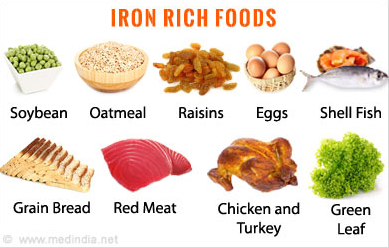
Source: http://www.medindia.net/
Iron supplements such as syrup ferrous ammonium citrate is most commonly prescribed by doctor to treat iron deficiency anaemia. Failure to correct the anemia after starting the medication can be due to:
- Non-compliance to medications
- Inadequate iron dosage
- Impaired absorption
- Incorrect diagnosis
Outcome
Outcome is good with treatment but it depends on the causes as well
When to see doctors
When you have symptoms of anaemia
Prevention
Risk of iron deficiency anaemia can be reduced by taking iron-rich food & food that contain vitamin C to enhance iron absorption.
Vitamin C – rich food
- Broccoli
- Grapefruit
- Kiwi
- Leafy greens
- Melons
- Oranges
- Peppers
- Strawberries
- Tangerines
- Tomatoes
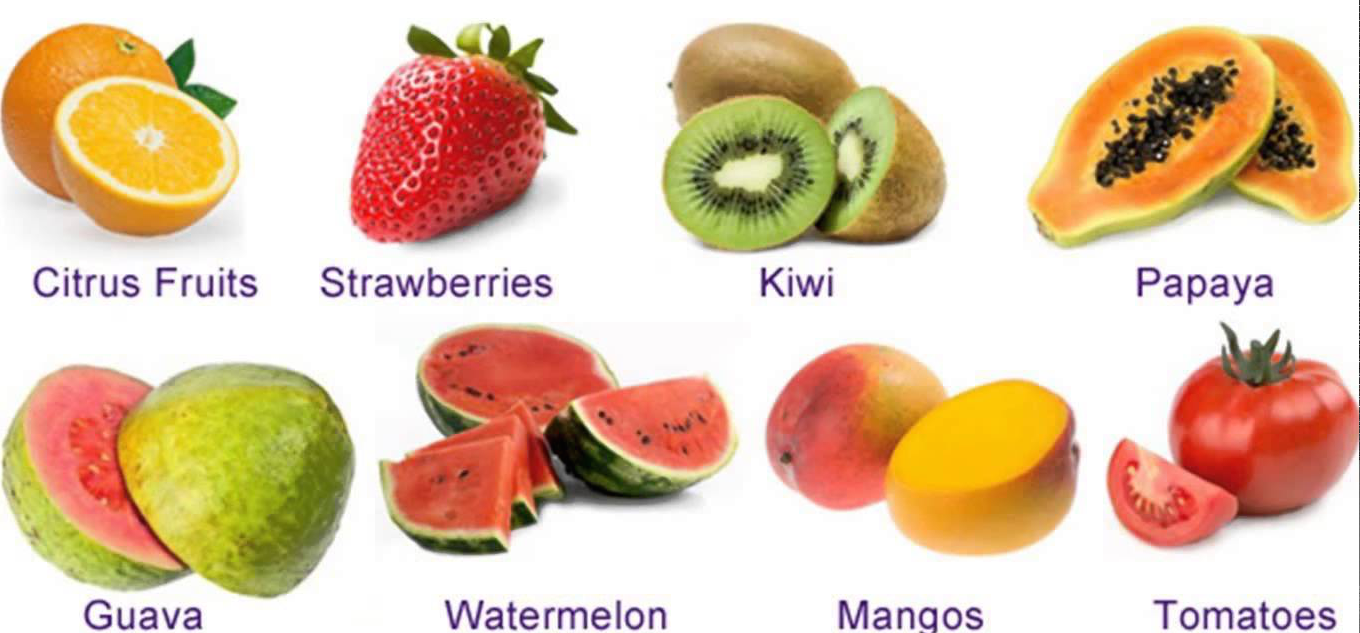
Source: http://www.theluxuryspot.com/10-best-vitamin-c-foods-that-arent-citrus/
Preventing iron deficiency anemia in infants
To prevent iron deficiency anaemia in infants, ensure that you add iron fortified cereals or pureed meats between 5-6 months. Iron-rich food should be taken at least twice a day to boost iron intake. After one year, be sure children do not drink more than 24 ounces of milk a day. Too much milk often takes the place of other foods, including ones that are rich in iron.
Reference
- Iron and iron deficiency. U.S. Centers for Disease Control and Prevention. http://www.cdc.gov/nutrition/everyone/basics/vitamins/iron.html.Accessed Sept. 11, 2013.
- Brittenham GM. Disorders of iron homeostasis: iron deficiency and overload. In:Hoffman R, Benz EJ Jr, Silberstein LE, et al., eds.Hematology: Basic Principles and Practice
- Paediatric Protocols for Malaysian Hospitals – 3rd Edition. Hussain Imam Hj Muhammad Ismail, Ng Hoong Phak, Terrence Thomas.
| Last Reviewed | : | 28 August 2020 |
| Writer | : | Dr. Norhafiah bt. Ahmad |
| Accreditor | : | Dr. Tan Kah Kee |
| Reviewer | : | Dr. Jubaida Paraja |







